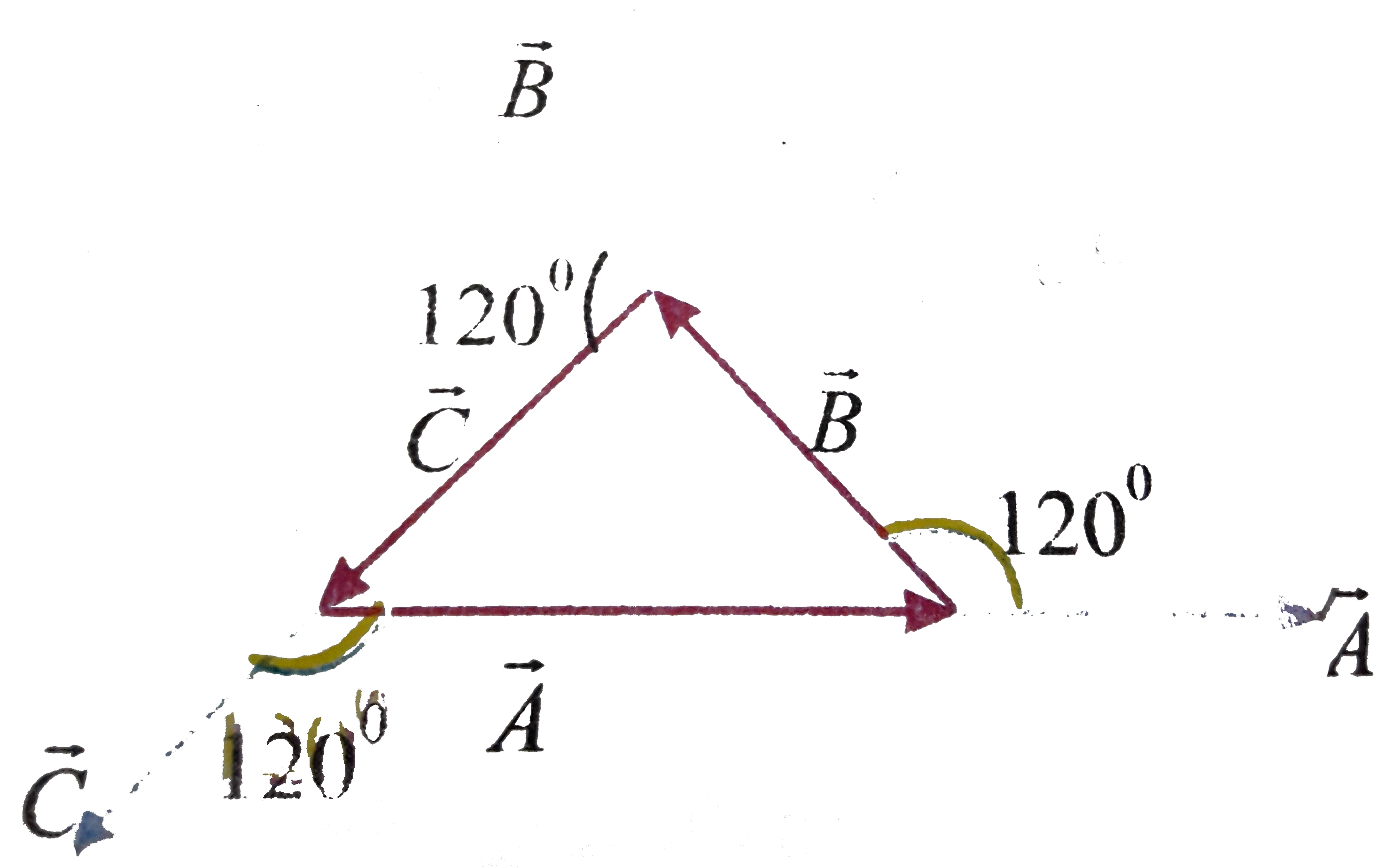If →a,→band→c are represented by three sides of equilateral triangle taken in same order.
P.T.→a+→b+→c=→0 .
Step by step video & image solution for If veca, vecb and vecc are represented by three sides of equilateral triangle taken in same order. P.T. veca+vecb+vec c=vec0 . by Physics experts to help you in doubts & scoring excellent marks in Class 11 exams.
Updated on:21/07/2023Topper's Solved these Questions
- KINEMATICSBOOK - CBSE COMPLEMENTARY MATERIALCHAPTER - KINEMATICSEXERCISE - M.C.Q.
20 Videos
- KINEMATICSBOOK - CBSE COMPLEMENTARY MATERIALCHAPTER - KINEMATICSEXERCISE - 5 Marks
2 Videos
- GRAVITATIONBOOK - CBSE COMPLEMENTARY MATERIALCHAPTER - GRAVITATIONEXERCISE - MULTIPLE CHOICE QUESTIONS
19 Videos
- KINETIC THEORY OF GASESBOOK - CBSE COMPLEMENTARY MATERIALCHAPTER - KINETIC THEORY OF GASESEXERCISE - Objective question
20 Videos
Similar Questions
If →A,→B,→C represents the three sides of an equilateral triangle taken in the same order then find the angle between
(i) →A and →B (ii) →B and →C (iii) →A and →C.

View SolutionIf →a,→band→c be any three non coplanar vectors. Then the system of vectors veca\',vecb\' and vecc\'whichsatiiesveca.veca\'=vecb.vecb\'=vecc.vecc\'=1 →a.→b'=→a.→a'=→b.→a'=→b.→c'=→c.→a'=→c.→b'=0 is called the reciprocal system to the vectors →a,→b,and→c. The value of (→a×→a')+(→b×→b)+(−→×→') is (A) →a+→b+→ (B) →a'+→b'+→' (C) 0 (D) none of these
View Solution
Knowledge Check
Let →a,→b,→c be three non coplanar vectors , and let →p,→q and →r be the vectors defined by the relation
→p=→b×→c[→a→b→c],→q=→c×→a[→a→b→c] and →r=→a×→b[→a→b→c]
Then the value of the expension
(→a+→b).→p+(→b+→c).q+(→c+→a).→r is equal toA0B1C2D3if →a,→b,→c are three vectors such that →a+→b+→c=→0 then
A→a.→b=→b.→c=→c.→aB→a×→b=→b×→c=→c×→aC→a×→b=→b×→c=→a×→cD→b×→a=→b×→c=→c×→aStatement 1: If V is the volume of a parallelopiped having three coterminous edges as →a,→b, and →c, then the volume of the parallelopiped having three coterminous edges as
→α=(→a.→a)→a+(→a.→b)→b+(→a.→c)→c
→β=(→a.→b)→a+(→b.→b)→b+(→b.→c)→c
→γ=(→a.→c)→a+(→b.→c)→b+(→c.→c)→c is V3
Statement 2: For any three vectors →a,→b,→c
∣∣ ∣ ∣∣→a.→a→a.→b→a.→c→b.→a→b.→b→b.→c→c.→a→c.→b→c.→c∣∣ ∣ ∣∣=[→a→b→c]3A1B2C3D4
If →a,→band→c be any three non coplanar vectors. Then the system of vectors veca\',vecb\' and →c' which satisfies →a.→a'=→b.→b'=→c.→c'=1→a.→b'=→a.→a'=→b.→a'=→b.→c'=→c.→a'=→c.→b'=0 is called the reciprocal system to the vectors →a,→b,and→c. The value of [→a'→b'→c']−1 is (A) 2[→a→b→c] (B) [→a,→b,→c] (C) 3[→a→b→c] (D) 0
View SolutionIf →a,→band→c be any three non coplanar vectors. Then the system of vectors veca\',vecb\' and →c' which satisfies →a.→a'=→b.→b'=→c.→c'=1→a.→b'=→a.→a'=→b.→a'=→b.→c'=→c.→a'=→c.→b'=0 is called the reciprocal system to the vectors →a,→b,and→c.[→a,→b,→c]−(→a'×→b')+(→b'×→')+(→c'×→a')= (A) →a+→b+→c (B) →a+→b−→c (C) 2(→a+→b+→c) (D) 3(→a'+→b'+→c')
View SolutionIf the vectors →a,→b,→c form the sides BC,CA and AB respectively of a triangle ABC then (A) →a.(→b×→c)=→0 (B) →a×(→bx→c)=→0 (C) →a.→b=→c=→c=→a.a≠0 (D) →a×→b+→b×→c+→c×→a→0
View SolutionIf →a,→b,→c are three given non-coplanar vectors and any arbitrary vector →r in space, where Δ1=∣∣ ∣ ∣∣→r.→a→b.→a→c.→a→r.→b→b.→b→c.→b→r.→c→b.→c→c.→c∣∣ ∣ ∣∣,Δ2=∣∣(→a.→a,→r.→a,→c.→a),(→a.→b,→r.→b,→c.→b),(→a.→c,→r.→,→c.→c)∣∣
Δ3=∣∣ ∣ ∣∣→a.→a→b.→a→r.→a→a.→b→b.→b→r.→b→a.→c→b.→c→r.→c∣∣ ∣ ∣∣'Δ=∣∣ ∣ ∣∣→a.→a→b.→a→c.→a→a.→b→b.→b→c.→b→a.→c→b.→c→c.→c∣∣ ∣ ∣∣,then prove that →r=Δ1Δ→a+Δ2Δ→b+Δ3Δ→c
View SolutionIf V is the volume of the parallelopiped having three coterminous edges as →a,→b and →c, then the volume of the parallelopiped having three coterminous edges as
→α=(→a.→a)→a+(→a.→b)→b+(→a.→c)→c
→β=(→a.→b)→a+(→b.→b)→b+(→b.→c)→c
→γ=(→a.→c)→a+(→b.→c)→b+(→c.→c)→c is
View Solution
